Shipbuilding Steel
Shipbuilding steel is a specialized category of high-strength, corrosion-resistant steel designed to meet the rigorous demands of marine environments. It forms the structural backbone of vessels ranging from cargo ships to advanced LNG carriers, ensuring durability, safety, and fuel efficiency
Marine Steel Plates: Enhanced Details on Grade Specifications
(Updated as of April 2025)
Grade Classification & Key Features
Marine steel plates are categorized by strength, toughness, and operational temperature, with standardized designations reflecting their performance:
- AH/DH/EH/FH Series
- Letter Codes:
- A: Ambient temperature toughness (e.g., AH36 for 0°C).
- D: Low-temperature toughness (-20°C).
- E: Enhanced low-temperature toughness (-40°C).
- F: Extreme low-temperature toughness (-60°C).
- Number Codes: Indicate minimum yield strength (e.g., FH36 = 355 MPa yield).
- Critical Applications:
- FH40: Polar-class vessels, LNG containment systems.
- EH36: Icebreaker hulls, Arctic offshore platforms.
- DH32: Bulk carriers operating in cold climates.
- Letter Codes:
- Micro-Alloying Elements
- Niobium (Nb) and Vanadium (V): Improve grain refinement and weldability.
- Titanium (Ti): Enhances corrosion resistance in saltwater environments.
- Carbon Control: Restricted to ≤0.18% to balance strength and ductility.
Manufacturing & Processing Standards
- Thermo-Mechanical Controlled Processing (TMCP):
- Optimizes microstructure for plates up to 50 mm thick, eliminating preheating requirements.
- Critical for FH-series grades to achieve uniform toughness at -60°C.
- Heat Treatment:
- Normalizing: Applied to plates >50 mm for stress relief and improved impact resistance.
- Quenching & Tempering (Q&T): Used for ultra-thick plates (>100 mm) in offshore rigs.
- Surface Quality:
- SA 2.5 Shot Blasting: Standard for corrosion-prone areas like hull exteriors.
- Zinc Silicate Coatings: Optional for subsea components exposed to microbial corrosion.
Global Grade Equivalents
While regional standards vary, key cross-references include:
- China (CCS):
- AH40 ≈ ASTM A131 FH40 (USA) / EN 10025-6 S390G5M (Europe).
- DH40 aligns with KR D40 (South Korea) but with stricter sulfur/phosphorus limits (≤0.020%).
- Europe (DNV/GL):
- EH36 ≈ JIS G3106 KA40 (Japan), optimized for LNG tank membranes.
- FH40 requires additional CTOD testing for weld zones, exceeding basic Charpy V-notch requirements.
- USA (ABS):
- ABS EH40 incorporates API 2W-60 specifications for Arctic offshore structures.
Emerging Trends in Grade Development
- Hybrid Alloys:
- Cr-Mo-Ni Additions: Experimental grades (e.g., FH45) target tensile strengths >700 MPa for deep-sea exploration.
- Digital Twin Integration:
- Plates embedded with IoT sensors monitor real-time stress and corrosion in offshore platforms.
- Recycled Content:
- EH36-R: Contains 30% recycled steel, compliant with EU’s Carbon Border Adjustment Mechanism.
Conclusion
Marine steel grades like FH36 and EH40 are engineered to meet the dual demands of extreme environments and regulatory rigor. From the micro-alloy innovations in Nb/V/Ti to the global harmonization of standards, these plates underpin the safety and efficiency of modern maritime engineering. For project-specific grade selection, consult technical datasheets or certified suppliers.




















